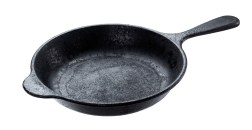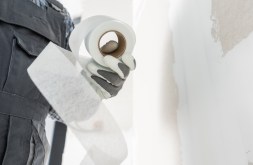A Step-by-Step Guide: How to Get Rid of Grubs in Your Lawn
Having a lush, green lawn is the dream of every homeowner. However, one common problem that can ruin the beauty of your yard is a grub infestation. Grubs are the larvae of beetles and can wreak havoc on your lawn by feeding on grass roots, causing patches of dead or dying grass. If you’re dealing with grubs in your lawn, don’t panic. In this step-by-step guide, we’ll walk you through the process of getting rid of grubs and restoring your lawn to its former glory.
Identifying the Problem
The first step in getting rid of grubs is identifying whether or not you have an infestation. Signs of a grub problem include brown patches that don’t respond to watering or fertilization, loose turf that can be easily pulled up like a carpet, and an increased presence of birds or other animals digging up your lawn searching for grubs. To confirm the presence of grubs, dig up a small section of affected turf and look for C-shaped white larvae with brown heads.
Prevention is Key
Preventing grub infestations is always better than dealing with them once they’ve taken hold. Regular maintenance practices such as proper mowing height, adequate watering, and appropriate fertilization can help keep your lawn healthy and less susceptible to grub damage. Additionally, applying a preventative grub control product in late spring or early summer can provide long-lasting protection against future infestations.
Treatment Options
If you’ve confirmed a grub infestation in your lawn, it’s time to take action. There are several treatment options available depending on the severity of the problem. For minor infestations, applying an insecticidal soap or neem oil can help control grubs naturally. These products work by suffocating and disrupting their life cycle. For more severe infestations, a chemical insecticide specifically designed for grub control may be necessary. Be sure to carefully follow the instructions on the product label and apply it when grubs are most vulnerable, usually in late summer or early fall.
Restoring Your Lawn
After successfully eliminating the grubs from your lawn, it’s important to restore the damaged areas. Rake out any dead grass and loosen the soil to prepare for reseeding or laying new sod. Choose a grass variety that is well-suited to your climate and soil conditions, and follow proper seeding or sodding techniques. Water regularly to encourage healthy root growth and monitor for any signs of new grub activity.
In conclusion, getting rid of grubs in your lawn requires a systematic approach that involves identifying the problem, preventing future infestations, treating existing ones, and restoring your lawn to its former health. By following this step-by-step guide, you can effectively eliminate grubs and enjoy a beautiful, pest-free lawn once again. Remember to always read product labels carefully and consult with a professional if you’re unsure about any aspect of grub control.
This text was generated using a large language model, and select text has been reviewed and moderated for purposes such as readability.





